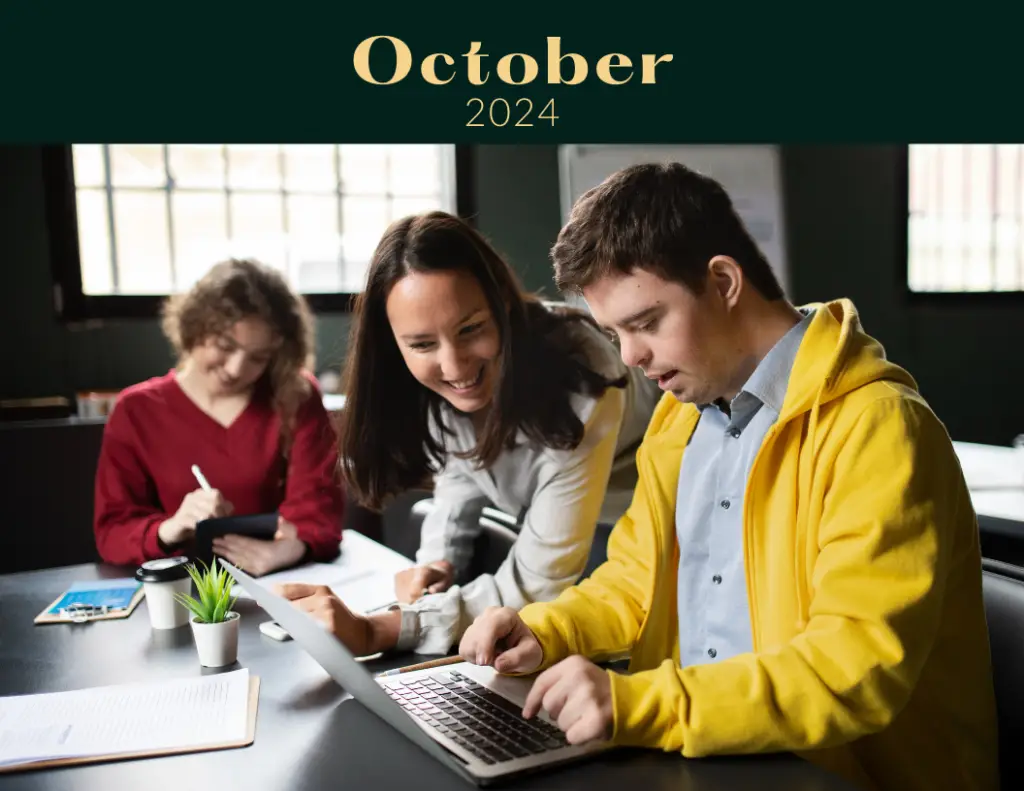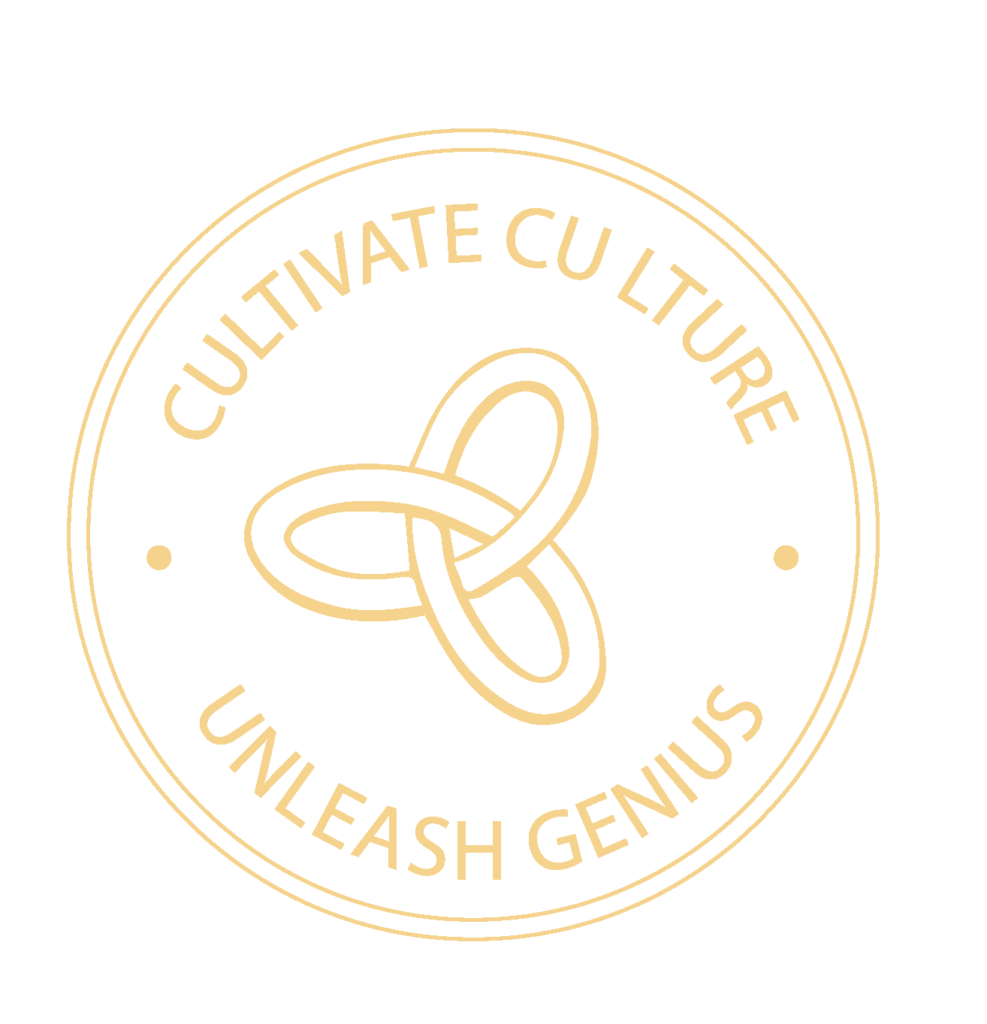Month-long observances:
Global Diversity Awareness Month
We live in a world full of cultures with diverse traditions and beliefs. Thanks to technology and travel, distance is no longer a barrier from connection with people from different backgrounds and values. This month, we celebrate the expression of the rights of all human beings, and the beauty that comes with diversity from all over the world.
Observance Suggestion: Make an actual effort to learn about other cultures by bringing in a discussion panel of diverse experts. Learn about the diversity within your own organization as well. Then, make your own culture calendar to ensure each celebration that’s specifically important to your team members is recognized.
Breast Cancer Awareness Month
Every two minutes, a woman is diagnosed with breast cancer. Though dangerous, we have many treatment options, putting the survival rate higher, especially when found at early stages. This month is all about education about what those early signs are and encouragement for women to get their breast exams and screenings.
Observance Suggestion: As a primary fundraising month for breast cancer awareness, consider how you can help raise money for research. Ensure your insurance provider covers women’s health care coverage, and let your employees know they can take time away from work without disclosing information to take care of their health needs.
Bullying Prevention Month
Nearly 20% of United States students report being bullied. However, there are many instances when the person being bullied doesn’t speak up. October reminds us that we all play a role in both supporting people being bullied and stopping the action from happening before it starts.
Observance Suggestion: While bullying is common in schools, it doesn’t stop in education. Adult bullies can make a work environments hostile. Work together with your employees to create a prevention program to recognize and prevent bullying within your organization.
Domestic Violence Awareness Month
Millions of Americans are victims of domestic violence. In order for them to make the choice to leave safe, they need help and access to resources. This month is a campaign for domestic violence education as well as a reminder that simple actions can create a big change in victims’ lives.
Observance Suggestion: Give your organization members access to counseling/therapy. And ensure part of that practice is aiding in domestic violence support. Keep a list of resources’ phone numbers handy so if anyone in your organization needs them (or knows someone who does) they don’t have to dig for the information themselves.
Filipino-American Heritage Month
October marks the first recorded evidence of Filipinos in America. As the second-largest Asian-American community in the United States, it’s important to realize their contributions are monumental to our culture: Through music, dance, fashion, and more.
Observance Suggestion: Make a point to discover Filipino-American artists. Support through purchases of their work. Perhaps display it in your organization with information how to support the same/similar artists.
German-American Heritage Month
German families began settling in Pennsylvania in 1683, bringing with them traditions of food, art, language, and influence on car manufacturing. Beyond drinking beer and eating pretzels, this month is all about celebrating these culturally historical influences.
Celebration Suggestion: Participate in Oktoberfest! But go beyond the beer, music, and lederhosen. Bring in German musicians and listen to historical German stories.
Italian-American Heritage Month
Over 26 million Americans are of Italian descent, making up the seventh-largest ethnic group in the United States. This month, we celebrate the cultural contributions of Italian lineage from food, music, movies, and more.
Celebration Suggestion: Italian culture is big on food! Bring in an Italian culinary expert to host a class on traditional cooking methods so you can break away from the tastes of chain restaurants.
LGBTQ History Month
Not to be confused with Pride Month, LGBTQ History Month celebrates the massive changes in the last few decades with those who identify as LBGTQIA+. This month, we celebrate marriage equality, honor preferred pronouns, and reflect on how far we have come with LBGTQIA rights.
Observance Suggestion: Highlight the achievements of LGBTQ people and learn about their ideologies so you can better serve any LGBTQ members within your organization. Also, consider learning about the origin story of LBGTQIA+ History month and the role of high school teacher Rodney Wilson.
National Work and Family Month
Flexibility. Composure. Balance. Whatever you want to call it, we’re pushing people to create harmony within their work and family lives. Work can be demanding of a person, making it difficult to prioritize their family lives over what needs to be done for their paycheck. This month is the time to focus on how to better support your organization so that balance is easier.
Observance Suggestion: Partner up with childcare providers in your area so employees have access for their children. Also, respect their boundaries, and don’t expect employees to do work during the time they set aside for their families.
Polish-American Heritage Month
October commemorates the first Polish settlers in the United States. It also notes the deaths of two military leaders who fought in the American Revolution, General Kazimierz Pulaski and Tadeusz Koṡciuszko.
Observance Suggestion: Plan a trip to a Polish American museum and learn about the history and contributions of Polish culture and how it has fused to day-to-day American lifestyles.
Family History Month
Learning where our ancestors came from gives insights into our lived family experiences and makeup of our lineage. This month is the chance for you and your employees to dig into genealogy and find out the gems of information that have been hiding within you since before you were born.
Observance Suggestion: Investigate your ancestry through a genealogy organization. There are several with simple at-home tests that will send you your information in the mail. Encourage your employees to do the same, not so they can share the information at work, but so they can understand who they are on a deeper level.
Calendar dates:
October 2 – International Day of Nonviolence (same every year)
The International Day of Nonviolence is also Mahatma Gandhi’s birthday. As a pioneer of non-violence philosophy and strategy, Gandhi paved the way for us to say no to violence. Today, we encourage you to disassemble the message of non-violence… through education, public awareness, and the values of Gandhi himself.
Observance Suggestion: Are you leveraging nonviolent communication strategies in your workplace? Consider initiating a book club with your team centered around Judith and Ike Lasater’s book What We Say Matters or Dr. Marshall B. Rosenberg’s Nonviolent Communication: A Language of Life.
October 10 – World Mental Health Day (same every year)
We’ve gone through a global pandemic that has shaken us all mentally. In the United States, we’re currently going through a recession. The stressors and anxieties are piling up on all of us and enough is enough. It’s time to take mental health seriously, not just in the United States, but worldwide. This year’s World Mental Health Day’s theme is: Imroving the Quality of Mental Health Services throughout the World.
Observance Suggestion: Register a professional group therapist to do a workshop within your organization. Define what mental health looks like for your team members and make a list as to how you can support that. Revist that definition every few months to ensure you’re providing access to mental health in a way that’s powerful to your organization.
October 11 – National Coming Out Day (LGBTQQIAA) (same every year)
Today, we celebrate all of you who have already lived your coming out story. And we respect and support those who still have yet to live theirs. Both take bravery and courage. There is power in those stories. The more others hear them, the more empathy the LGBTQIA+ community can receive, building the commitment to resolve and alliance.
Observance Suggestion: Bring in a culture representative to workshop your organization. Ask them to audit your current organization’s culture and help plan to strengthen it.
October 10 – National Indigenous Peoples’ Day (United States) (same every year)
Today we honor the cultures and histories of Native people. Their tragic stories have taught us even through disaster and struggles, rich cultures can strengthen communities. With the renaming of Columbus Day, we are moving away from the focus of hurtful stories and focusing instead on the beauty and strengths of Indigenous traditions.
Observance Suggestion: Audit your supplier list and determine if any suppliers are Indigenous-based. If not, consider if you could bring one on. As you work with them, hear their stories and allow them to share their traditions.
October 15 – Navaratri begins (Hindu)
Also known as Vasanth Navaratri, this nine-day Hindu festival is filled with worship, fasting, meditation, and devotion. The celebration is all about honoring the female force of energy. It signifies a spirited beginning, where everything within the world starts anew.
Celebration Suggestion: Hindu celebrations are on a large scale, including fasting and excess cleaning to welcome the Goddess into their homes. Give your Hindu employees the time to respect and participate in these traditions for as long as they need. Practice them in the workplace, too. Encourage everyone to clean their spaces to remove obstacles and negative energy.
October 16 – Bosses’ Day (same every year, unless it falls on a weekend.)
Bosses’ Day is dedicated to employers for all their hard work. While there is some controversy around the celebration of Bosses’ Day, this is an opportunity to strengthen the relationships between bosses and their employees.
Celebration Suggestion: Consider the relationships within your organization. Do team members openly communicate with their bosses? Have managers earned their respect? If there are strained relationships within your organization, consider hiring professionals to workshop with your team members and strengthen those relationships.
October 17 – Spirit Day (LGBTQIAA+ anti-bullying) (same every year)
Millions of people all over the world identify as LGBTQIAA+. Many of those same people face issues with bullying and harassments, which is the exact reason why so many don’t come out to their friends, family, or the public. This day recognizes that ALL members of the LGBTQIAA+ have real, human rights that should be respected and honored.
Observance Suggestion: Does your organization support LGBTQIAA+ rights openly? Consider donating a percentage of profits to organizations who provide resources to LGBTQIAA+ people. Or perhaps ask your LGBTQIAA+ workers if there is a celebration they would appreciate hosted by your organization.
October 18-19 – EID-MILAD un-NABI (Mawlid) ISLAMIC FESTIVAL (SUNDOWN
This Islamic holiday celebrates the birthday of the prophet, Muhammad. During this time, religious leaders make speeches on Muhammad’s life, and congregations focus on his teachings and sufferings, including forgiveness of his enemies.
Observance Suggestion: Like many Islamic people, consider volunteering your time or making donations to a charity. This is in the same line of beliefs as Muhammad.
October 20 – The birth of Guru Granth
Guru Granth is considered the final and most sovereign Guru in the Sikhs religion. This day is central to their religious scripts, which include prayers and hymns. These gatherings provide the central tenets for those who study the religion.
Observance Suggestion: Ensure that anyone who might participate in the Sikhs tradition has the option to take PTO to pay reverence to their deep, spiritual teachings.
October 19 – International Pronouns Day (same day every year)
She. He. They. Them. Ve. There are actually several pronounces, both gender-based and gender-neutral, making it more important than ever to ask individuals’ preferred pronouns and to make a conscious effort to use them. And if no one is asking, let this be the encouragement to share yours, even if you feel it’s “obvious.” Today, we not only respect the use of preferred pronouns, we celebrate it with all of the Hirs, Sies, Eirs, etc. And yes, that includes all the hims and hers.
Observance Suggestion: Make an active effort to declare your own pronouns, even (and especially) if they are the traditional and “obvious” him/his she/her pronouns. This sends the message that you don’t assume anyone else’s pronouns and are willing to use whichever their preferred pronouns are.
October 21- DURGA PUJA (10 DAY) Hindu Festival Starts
Durga Puja is a 10 day festival that pays tribute to the Hindu Goddess, Durga. There are many variations of the festival, but all are elaborately grand and filled with rituals. This is a time to reunite with friends, family, and the community while appreciating the Bengali culture and art.
Celebration Suggestion: Visit a Durga Puga tableau. There are several communities that erect huge canopies to bring in artisans, food, and the opportunity for prayer. Experiencing an event first hand is unlike any other craft fair or festival.
October 22 – International Stuttering Awareness Day (same day every year)
Even though many people think of it as being “stuck” with a single word, there are actually several other forms of stuttering and there is no one single cause for it. This day is an opportunity to educate on the different causes as well as how to best support those who experience it first hand.
Observance Suggestion: Attend the International Stuttering Association conference online, and invite team members to join in. Each year, they bring together individuals around the world to focus on a theme and discuss supportive materials.
October 24 – VIJAYADASHAMI (END OF DURGA PUJA)
As the last day of Durga Puja, Hindus celebrate the promise that good will always win over evil. This is the day the Goddess Durga killed the demon Mahishasur. Many Hindu people celebrate by burning huge effigies of Ravana, a 10-headed demon, claiming that they are also burning evil at the same time.
Celebration Suggestion: Schedule a visit to a Hindu temple where special Vihayadashami events are held. Here, you can learn more about the Hindu religion while enjoying crafts, food, and reenactments.
October 25 – Birth of the Bab (Baha’i) (same every year)
In 1819, Siyyid Ali-Muhammad was born and later became known as Bab, meaning “Gate”. His mission was to herald the coming of the promised manifestation of God (or Baha’u’llah.) This day is celebrated joyously with prayers and readings as well as simple festive gatherings with friends and family.
Observance Suggestion: Respect those who participate in the Baha’i religion by offering them time away from work both physically and mentally.
October 25 – Birth of Baha’u’llah (Baha’i) (same every year)
In 1817, Mirza Husayn-Ali was born in Tehran, Iran. He was known as Naha’u’llah, which means “Glory of God” in Arabic. Baha’u’llah became the prophet-founder of the Baha’i faith.
Observance Suggestion: Respect those who participate in the Baha’i religion by offering them time away from work both physically and mentally.
October 31 – Halloween (same every year)
Halloween is known as one of the creepiest holidays of the year, and yet it’s one of the biggest sources of joy. Children everywhere dress up as beloved characters or ghostly ghouls and ask for candy from neighbors.
Celebration Suggestion: Host a Halloween party within your organization. Invite families to come and dress up so children can receive safe treats while parents also get to enjoy themselves.
October 31 – Dia de los Muertos begins (same every year)
Day of the Dead is a traditional Mexican holiday that celebrates their ancestors by setting up altars with favorite foods, drinks, and photos. Though the day may be full of honoring the dead, it’s full of lively celebration including laughter and joy.
Celebration Suggestion: Look to see if there is a Dia de los Muertos celebration within your community. Go, celebrate, and enjoy the stories of your ancestors as well as those around you.
October 31 – November 1 – Samhain (same every year)
Samhain is considered one of the most important festivals of the Celtic religion. It’s a time when the Gods become visible to humans to play tricks on their worshipers. In the past, this day was full of fear and danger. Today, it is full of costumes and honoring agriculture.
Celebration Suggestion: Since this is a celebration of the change of seasons, honor nature by appreciating the cycle of crops. Does your organization has space for a garden? Care for the land you’d like the garden in and tend to it so that it’ll be ready for crops later.




